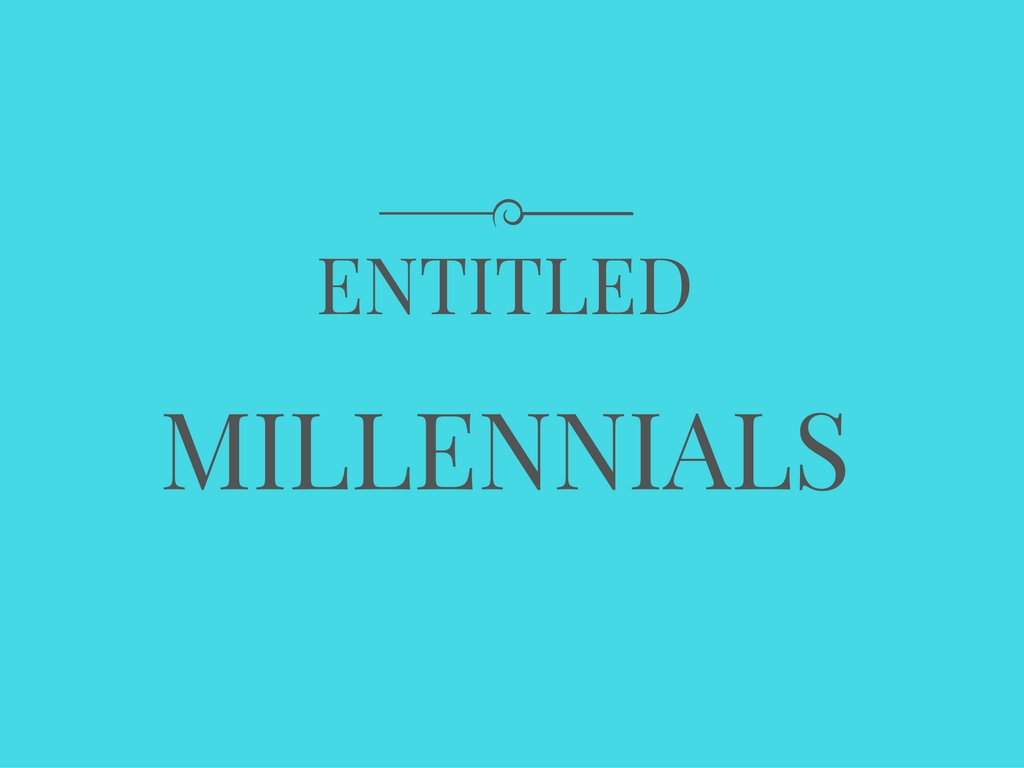 Bill James ,the factory watchman turned baseball historian and statistician, once observed, “There will always be people who are ahead of the curve, and people who are behind the curve. But knowledge moves the curve.”
Bill James ,the factory watchman turned baseball historian and statistician, once observed, “There will always be people who are ahead of the curve, and people who are behind the curve. But knowledge moves the curve.”
We propose organisations “move the curve” when they develop their managers capability and attitude to leading and managing themselves, others and the organisation.
Reading an article from Mckinsey, that commenced with that insight from Bill James, prompted me to think more deeply about a topic I have been exploring over the last month – how do organisations retain Millennials beyond the two year average research currently tells us they stay for? How do we make the most of our intergenerational workforces?
Knowledge moves the curve – and we need to engage our managers in development initiatives to acquire more knowledge about managing and leading Millennials so they are inspired to bring out their best, fulfil their purpose and decide to stay longer with the organisation because they can see potential.
As I have mentioned in an earlier blog, these young people are leaving because within two years they have determined their manager is not going to support and encourage their career growth and they are not inspired to fulfil their true potential. So they choose to move on and find a manager and leader who will inspire such personal growth. They are not a generation to sit and “do their time” because they have not been educated to do this anywhere within their lives.
For those organisations serious about retaining Millennials I believe they need to get a whole lot more serious about developing the leadership and management capability of the managers whom these Millennials report to. Remembering these managers have been lead by Baby Boomers and honed their habits in ways to reap rewards and recognition from these most senior of leaders in the workplace and therefore they are probably not likely to bring innovative and courageous leadership capability. I think it is timely as many of us watch elite athletes performing at The Olympics for us to focus on what we do within our organisations to support our management and leadership teams to perform at their best and produce the results so many stakeholders seek.
Discipline, focus and accountability for performance as an individual and as a collective and interdependent group of leaders is not at the level organisations need to deliver the results being sought. The focus on short term results for each quarter does not align with the longer term investment in leadership capability. Senior leaders are not seeing or believing in the value and for us this is evidenced by longer pipelines for conversion of scoping documents and conversations into the actual delivery of leadership programs.
More and more organisations focus on six critical initiatives within the Human Resources or People and Culture divisions in order to partner with specific leaders in the business to manage the workforce and create a high performing culture and the results are still not creating optimal outcomes for:
- Recruiting
- Performance
- Retention
- Learning
- Motivation and engagement
- Workforce planning
Many organisations continue to invest significant time, energy and money into recruiting Millennials and for too many the employee brand promise does not align with the actual experience and we continue to see a high attrition rate from these recruitment initiatives within twelve months. This poor rate of return is not taken into account with enough rigour when deciding whether to invest in the leadership development of the people managing these new recruits – this is what we mean by “moving the curve”.
When focusing on retention we will benefit from looking for ways to “move the curve” and this necessarily involves gathering data to see what is actually happening – for example in the McKinsey article mentioned earlier they refer to data gathered that showed bonus payments as a method to retain people did not have nearly the same impact as improving training for managers so people encountered a better experience while at work. This is critical if you are serious about retaining Millennials in your workforce. Now it seems counter-intuitive to invest money in a different population (managers – Gen X or Baby Boomers) in order to generate reward for another population (Millennials) AND this is what is meant by “moving the curve”.
To encourage “learning” – the kind of learning agility necessary for organisations to perform within the volatile, uncertain, complex and ambiguous environment and for individuals especially Millennials to be inspired to stay. For this to happen again we need to “move the curve” and invite our more senior leaders to drop their egos and step into the vulnerability of not knowing everything. This is tough because traditional leadership behaviours have been anchored in power and attainment of knowledge and experience. This has been on the assumption that past experience and existing knowledge is optimal for taking us into the future.
In conclusion we propose organisations “move the curve” when they develop their managers’ capability and attitude to leading and managing themselves, others and the organisation. The current status quo is not going to be enough and the cracks will simply get wider.
To learn more about developing the capability of your managers in order to more effectively retain millennials, contact us.










